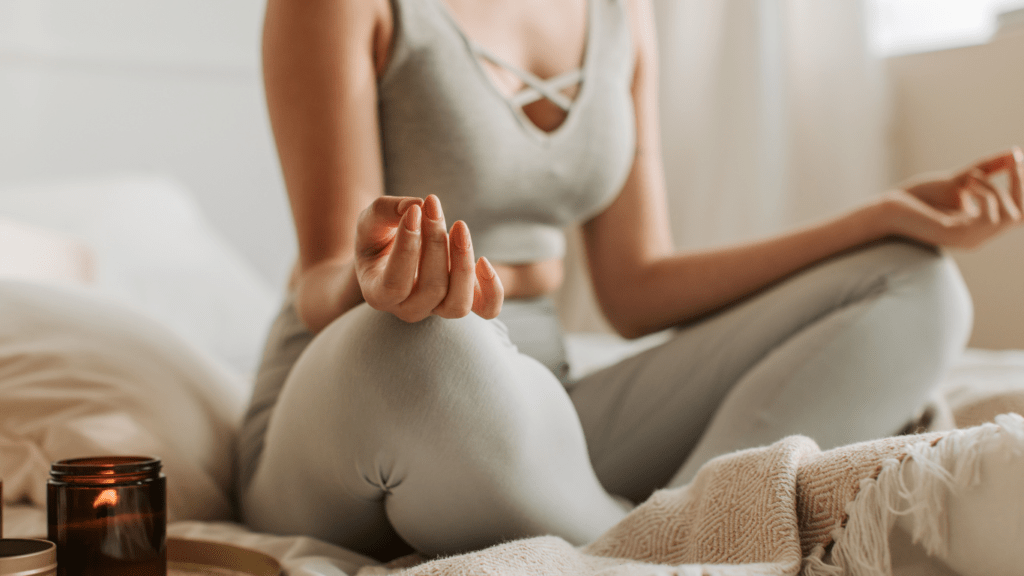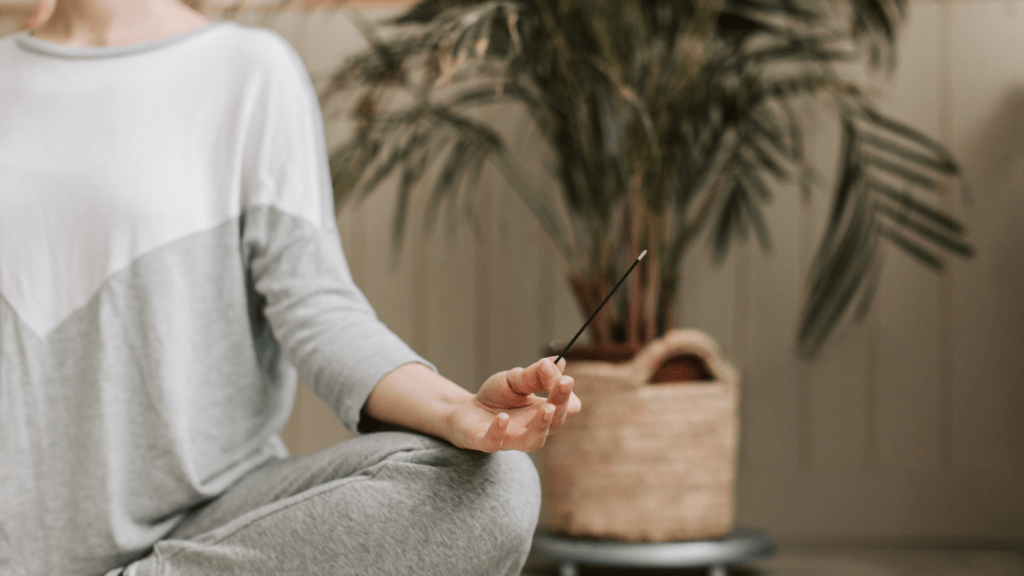Understanding Mindfulness
Mindfulness is a powerful tool for staying present and achieving mental clarity. This section explores what mindfulness is, its roots, and the wide range of benefits it offers.
What Is Mindfulness?
Mindfulness centers on focusing attention on the present moment. It involves being fully aware of thoughts, feelings, and surroundings without judgment. This practice helps people break free from the torrents of stress and distractions, grounding them in the here and now. Techniques often include meditation, mindful breathing, and body scanning.
The Origins of Mindfulness
Mindfulness traces back to ancient Eastern spiritual traditions, particularly Buddhism. It found its way into Western practices in the late 20th century through figures like Jon Kabat-Zinn. Kabat-Zinn developed Mindfulness-Based Stress Reduction (MBSR) which combined mindfulness techniques with modern science to treat mental health issues. This blend of ancient wisdom and contemporary research has broadened mindfulness’s appeal and accessibility.
The Benefits of Mindfulness
Research shows numerous benefits from practicing mindfulness regularly. According to the American Psychological Association (APA), mindfulness reduces stress, anxiety, and depression. Physical benefits include lower blood pressure and improved immune function. Cognitive advantages encompass better focus, memory, and emotional regulation. Key research includes:
| Benefit | Source |
|---|---|
| Reduced Anxiety | APA, 2010 |
| Improved Immune Function | JAMA, 2018 |
| Enhanced Emotional Regulation | Harvard Business Review, 2015 |
Mindfulness offers a practical way to enhance overall well-being through simple, daily practices.
Starting Your Mindfulness Journey

Starting your mindfulness journey might seem overwhelming, but it doesn’t have to be. By integrating simple techniques and utilizing the right tools, anyone can begin to experience the benefits of mindfulness.
Simple Mindfulness Techniques
- Engaging in simple mindfulness techniques is the first step toward mindfulness.
- One effective practice is deep breathing.
- To start, sit comfortably, close your eyes, and take slow, deep breaths.
- Focus on the sensation of the air entering and leaving your lungs.
- Another technique is the body scan, which involves mentally scanning your body from head to toe, noting any tension or discomfort.
- Start with your head and slowly progress to your feet, relaxing each muscle group as you go along.
- Mindful walking is another practice.
- While walking, pay close attention to the sensation in your feet, the rhythm of your steps, and your surroundings.
- Yoga and tai chi also integrate mindfulness through movement.
- Both practices encourage being present with each posture and breath.
Tools and Resources for Beginners
Various tools and resources can help beginners incorporate mindfulness into their daily lives. One popular tool is a mindfulness app. Apps like:
- Headspace
- Calm
- Insight Timer
provide guided meditations, breathing exercises, and sleep aids. These apps often have programs designed for beginners.
Books are also valuable resources. “The Miracle of Mindfulness” by Thich Nhat Hanh and “Wherever You Go, There You Are” by Jon Kabat-Zinn offer foundational insights and practices. For a more interactive experience, consider attending a local or online mindfulness course, such as those offered through Mindfulness-Based Stress Reduction (MBSR).
Using these techniques and tools, anyone can embark on a journey toward improved presence and calmness, significantly enhancing their quality of life.
Integrating Mindfulness into Daily Life
Incorporating mindfulness into daily routines enhances presence and calm. Here are practical ways to integrate mindfulness at work, in relationships, and during morning routines.
Mindfulness in Work
At work, being mindful boosts focus and reduces stress. Start meetings with a brief mindful breathing session. Use a mindfulness app like Headspace for short breaks. During lunch, eat without digital distractions. Schedule regular 5-minute mindfulness breaks. This simple practice improves productivity and reduces burnout, as supported by research from the American Psychological Association.
Mindfulness in Relationships
Mindfulness strengthens personal connections. When in conversation, focus fully on the other person. Listen actively without planning your response. Engage in mindful communication by maintaining eye contact and being present. Practice gratitude by appreciating your partner’s actions. These habits foster deeper connections and enhance mutual understanding.
Mindfulness in Your Morning Routine
Starting the day with mindfulness sets a positive tone. Upon waking, spend a few moments focusing on your breath. Include mindful stretching or yoga in your routine. During breakfast, savor each bite without rush. Use a mindfulness app for a short meditation. These practices create a calm, centered start to the day.
Implementing these simple techniques daily can significantly improve overall well-being and serenity.
Common Challenges and Solutions
Even with the best intentions, practicing mindfulness isn’t always straightforward. Here are some common challenges and their solutions to help stay present and calm.
Overcoming Distractions
Distractions are a significant barrier to mindfulness. Practicing in a quiet space free from interruptions can mitigate this. I turn off notifications, close irrelevant tabs, and inform those around me when I need dedicated time. Setting specific times for mindfulness practice each day also helps establish a distraction-free routine.
Managing Expectations
Unrealistic expectations can hinder mindfulness progress. Understanding that mindfulness isn’t about eliminating thoughts but observing them without judgment is crucial. I remind myself that progress is gradual. Celebrating small achievements, like being more present during a conversation, reinforces positive associations without creating pressure.
Staying Consistent
Consistency is the cornerstone of effective mindfulness practice. To maintain it, setting achievable goals such as a five-minute daily practice is beneficial. Using tools like habit-tracking apps or joining mindfulness groups can provide structure and encouragement. I keep my practice varied to prevent monotony, incorporating meditation, mindful walking, or yoga based on my daily needs.


 David Boyd brought valuable insights to News Flip Network, contributing his knowledge in business and technology. His work on streamlining the site’s interface and optimizing backend processes ensured that the platform operates efficiently. Boyd's efforts in integrating advanced tools and managing technical aspects played a significant role in the site's reliable and timely news delivery.
David Boyd brought valuable insights to News Flip Network, contributing his knowledge in business and technology. His work on streamlining the site’s interface and optimizing backend processes ensured that the platform operates efficiently. Boyd's efforts in integrating advanced tools and managing technical aspects played a significant role in the site's reliable and timely news delivery.